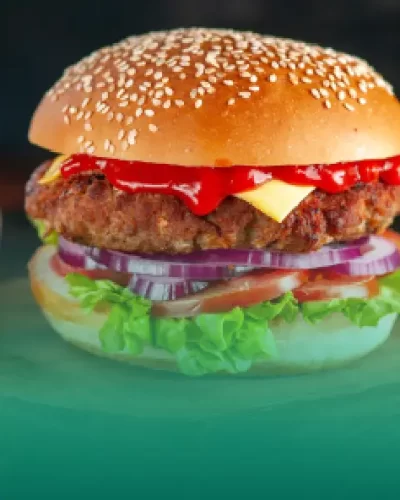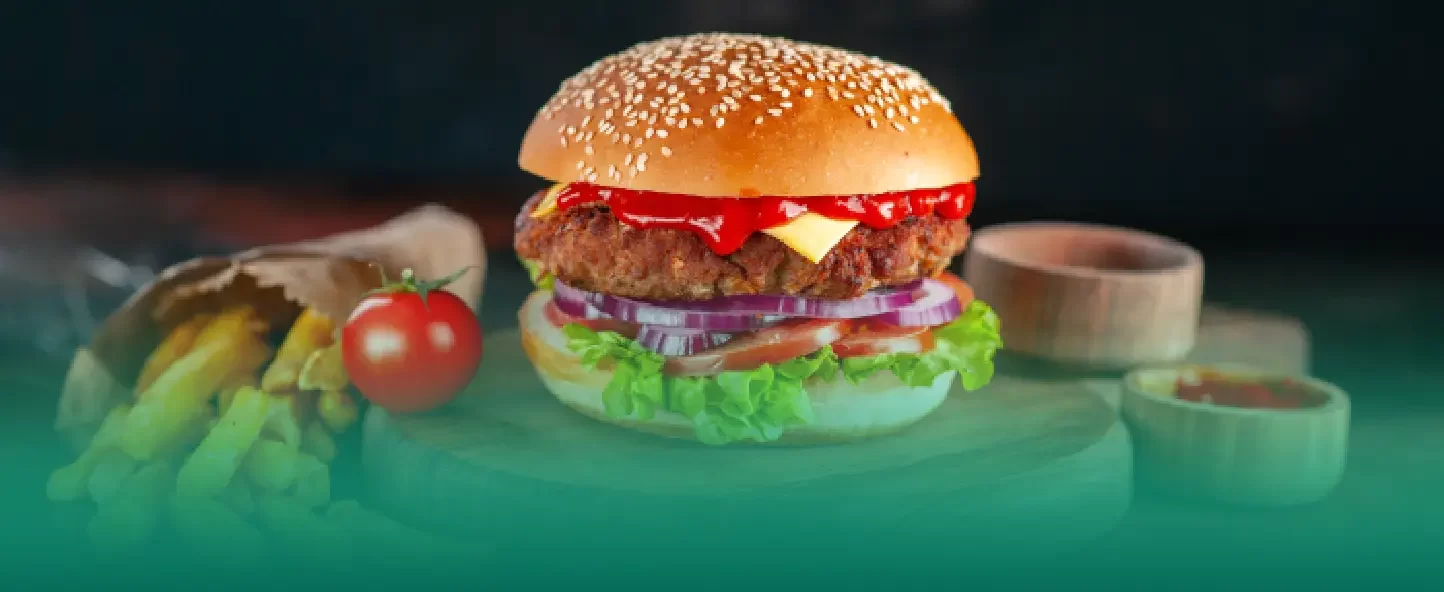Myth: Feasts are harmless to the stomach
Few people support this myth, but the tradition of feasting continues, leading to an abundance of various dishes and frequent cases of unpleasant sensations such as heaviness in the stomach and bloating. In medical terminology, this condition is called “dyspepsia”, which can occur as a result of excess nutrition or improper food combinations.
What happens during the feast? During lunch or dinner, the normal relaxation of the upper parts of the stomach is disrupted, which prevents its normal contraction. This leads to the fact that food entering the stomach cannot be properly digested, which in turn causes a feeling of heaviness and discomfort.
In such situations, they often resort to the use of pancreatic enzymes. However, it should be remembered that the reason for the feeling of heaviness is not always associated with dysfunction of the pancreas: the body can be healthy, and food simply lingers in the stomach longer than usual. In such cases, the use of enzymes may not be necessary.
To avoid unnecessary overeating, it is important to carefully plan your diet. Try to avoid combining fatty foods with sugary carbonated drinks and control the amount of food you consume without going beyond your normal meal. It is also important to take breaks from eating and not to spend the entire evening in a passive state. Consider different activities such as games, quests or dancing to make the evening more active and varied.
Myth: Soda is a great addition to a burger
Why is the combination of a burger and soda so common all over the world? This combination usually provides quick satiation, is addictive and enjoyable due to the combination of salt and sweetness.
Why is a burger considered unhealthy?
The bun, the main component of the burger, contains wheat flour, sugar and salt. The grain processing process deprives it of all its beneficial properties, and added chemical components increase the harmfulness of the product.
Patty. When cooking meat in a frying pan, a process of glycation occurs, during which high temperature destroys protein. With age, it becomes more difficult for the body to remove advanced glycation end products, which negatively affects proteins.
Sauce. It is a mixture of salt, sugar, dyes and preservatives. Consumption of such sauce strains blood vessels, disrupts the balance of microorganisms in the intestines and can cause irritation of the gastric mucosa.
Why is adding cola not the best solution?
Cold soda freezes the receptors, which leads to a decrease in saliva production, which complicates the digestion process;
When the fat contained in the burger is cooled, it becomes less digestible;
The sugar contained in the cola is added to the already hidden sugar in the burger, which increases the caloric value of the meal;
Chemical additives to the sugar in cola can put additional stress on the liver, which can affect its performance.
A combination like soda and burger can be hard on the body and make digestion difficult.
Myth: Coca-Cola causes cancer
A recent New York Times article suggested a possible link between aspartame, a sweetener found in Coca-Cola, and cancer risk. We decided to study this issue in more detail.
In the 2000s, several studies were conducted on laboratory rats, which indicated the possibility of an increased risk of leukemia and lymphoma when consuming aspartame. Studies conducted on the link between aspartame and cancer in humans show conflicting results.
Different organizations set different acceptable daily intakes for each sweetener. For example, for aspartame this dose is 40-50 mg per kilogram of body weight per day. For a person weighing 60 kg, this means that the permissible daily dose is 2400-3000 mg (3 g). This is approximately 6-8 cans of Coca-Cola per day.
Aspartame remains proven to be safe when consumed in reasonable quantities. However, further large-scale studies and observations of sweeteners are needed to gain a clearer understanding of its potential link to cancer.






